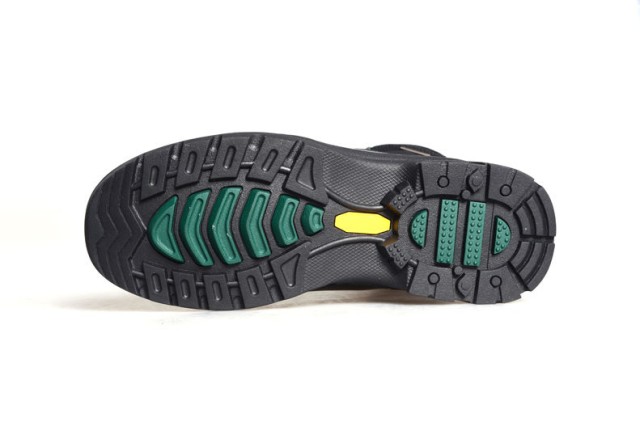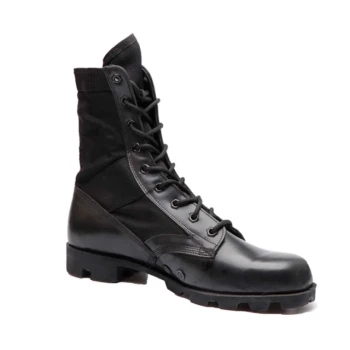Selecting the right oilfield work boots requires balancing rigorous safety compliance with all-day comfort—a critical decision for workers facing hazardous environments and extended shifts. This guide breaks down essential standards, hazard-specific features, and comfort engineering to help you make informed choices.
Choosing Oilfield Work Boots for Hazard Mitigation
ASTM Standards Demystified: What Your Boots Must Withstand
Oilfield boots must meet ASTM F2413-18 standards, which mandate:
- Impact/compression resistance: Steel or composite toe caps tested to withstand heavy falling objects (e.g., 75 lbs dropped from 1 foot).
- Puncture resistance: Outsoles that resist penetration from sharp debris.
- Electrical hazard (EH) protection: Non-conductive materials to prevent arc flash injuries by blocking contact with live currents.
- Metatarsal guards: Additional shielding for the upper foot against crushing hazards.
Key Takeaway: Look for ASTM labels specifying "I/75" (impact resistance) and "C/75" (compression resistance) as minimum benchmarks.
Critical Features for Common Oilfield Scenarios
- Chemical exposure: Boots with chemical-resistant outsoles (e.g., nitrile rubber) and sealed seams prevent acid/solvent penetration.
- Falling objects: Steel toes with metatarsal guards offer superior protection in drilling zones.
- Slippery surfaces: Deep-lugged outsoles with oil-resistant treads improve traction.
Ensuring All-Day Comfort in Extreme Conditions
Engineering Behind Swelling-Adaptive Fit Technologies
Feet swell up to 8% during long shifts. Boots with these features accommodate changes:
- Adjustable lacing systems: Lock-in fit adjustments as feet expand.
- Stretchable panels: Flexible materials (e.g., elastane) reduce pressure points.
Moisture-Wicking vs. Insulated Liners: Climate-Specific Choices
- Hot environments: Moisture-wicking liners with antimicrobial treatments combat sweat and odor.
- Cold climates: Thinsulate™-lined boots retain heat without bulk.
Pro Tip: Try boots on in the afternoon—when feet are naturally swollen—to test true fit.
Peer-Validated Brand Performance
Field-Tested Durability Metrics from Industry Workers
Workers report top-performing boots share these traits:
- Double- or triple-stitched seams withstand abrasive surfaces.
- Vibram® outsoles last 20–30% longer in high-wear zones.
Maintenance Protocols to Preserve Safety Ratings
- Weekly inspections: Check for sole separation or toe cap exposure.
- Conditioning: Use oil-free cleaners to maintain water resistance.
Ready to Equip Your Team?
3515 manufactures OSHA-compliant oilfield boots tailored for distributors and bulk buyers. From EH-rated designs to climate-adaptive liners, our footwear solutions prioritize safety durability and worker comfort. [Contact 3515] to discuss custom orders for your workforce.
Did You Know? Properly maintained boots can retain 90% of their safety ratings for over 18 months—extending ROI while protecting workers.
Related Products
- Puncture-Resistant Velcro Safety Boots for Wholesale & Custom Manufacturing
- Wholesale Customizable Suede Safety Boots - Puncture-Proof with Velcro Closure
- Durable Leather Moc Toe Work Boots for Wholesale & Custom Manufacturing
- Wholesale Durable Breathable Safety Boots Custom OEM Manufacturer
- Durable Moc-Toe Wedge Work Boots | Wholesale Manufacturing for Brands
Related Articles
- Steel Toe Work Boots: Balancing Safety and Comfort for Demanding Jobs
- How Steel Toe Boots Meet Industry Safety Standards and Reduce Workplace Injuries
- Steel-Toe Boot Safety: Separating Fact from Fiction
- How to Choose Between Steel and Composite Toe Boots for Maximum Safety
- How to Choose Steel Toe Boots: Safety, Comfort, and Job-Specific Features




















